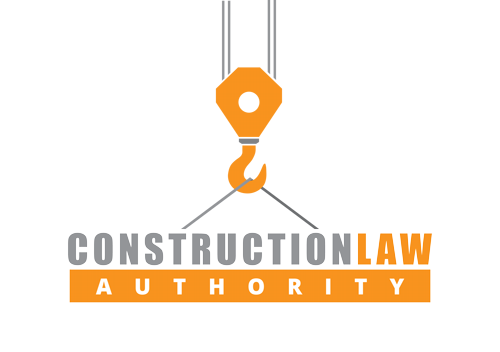Government Bid Protests – An Overview (Part I of III)
 One purpose of the government procurement process is for each bidder or proposer to be on equal terms to get fair consideration of their submissions. If the bidding process has been violated, however, a losing bidder or proposer may be able to protest the government agency’s decision.
One purpose of the government procurement process is for each bidder or proposer to be on equal terms to get fair consideration of their submissions. If the bidding process has been violated, however, a losing bidder or proposer may be able to protest the government agency’s decision.
Generally, the way to win a protest is to show that an agency did something that was clearly erroneous, contrary to competition, arbitrary, capricious or fraudulent. An arbitrary decision is one that is not supported by facts or logic. A decision is capricious if it is adopted without thought or reason, or is irrational.
Keep in mind that almost every agency’s rules and regulations are different. That means agencies generally have different protest procedures and deadlines. Usually the deadline to file a protest, or a Notice of Intent to protest if required, is very short. It can be a matter of hours or days. And the information required in the protest, and in submitting the protest, can be very specific.
As mentioned above, some agencies require a Notice of Intent to Protest an award before a formal protest is due. The Notice is usually a short statement from the protestor that it is going to file a protest. Sometimes, however, the complete protest grounds must be stated in the Notice.
The formal protest is usually the more substantive letter, memorandum, or other written submission that discusses in detail all the protest grounds raised.
As to the Notice or actual protest, some agencies require that you submit all evidence that you intend to rely on. This means you will be required to gather and organize a lot of information in a short period of time. Failure to state a protest ground or submit evidence pursuant to the deadlines may preclude you from relying on them going forward in the process.
One very important item to be on the lookout for is the agency’s protest bond requirements. If one is required, and you fail to get and file one, your protest probably will not be considered. The amount of the bond depends on the agency’s requirements. For example, it could be 1% of the protestor’s bid or proposal amount, or it could be a set sum like $5,000.


No Comments